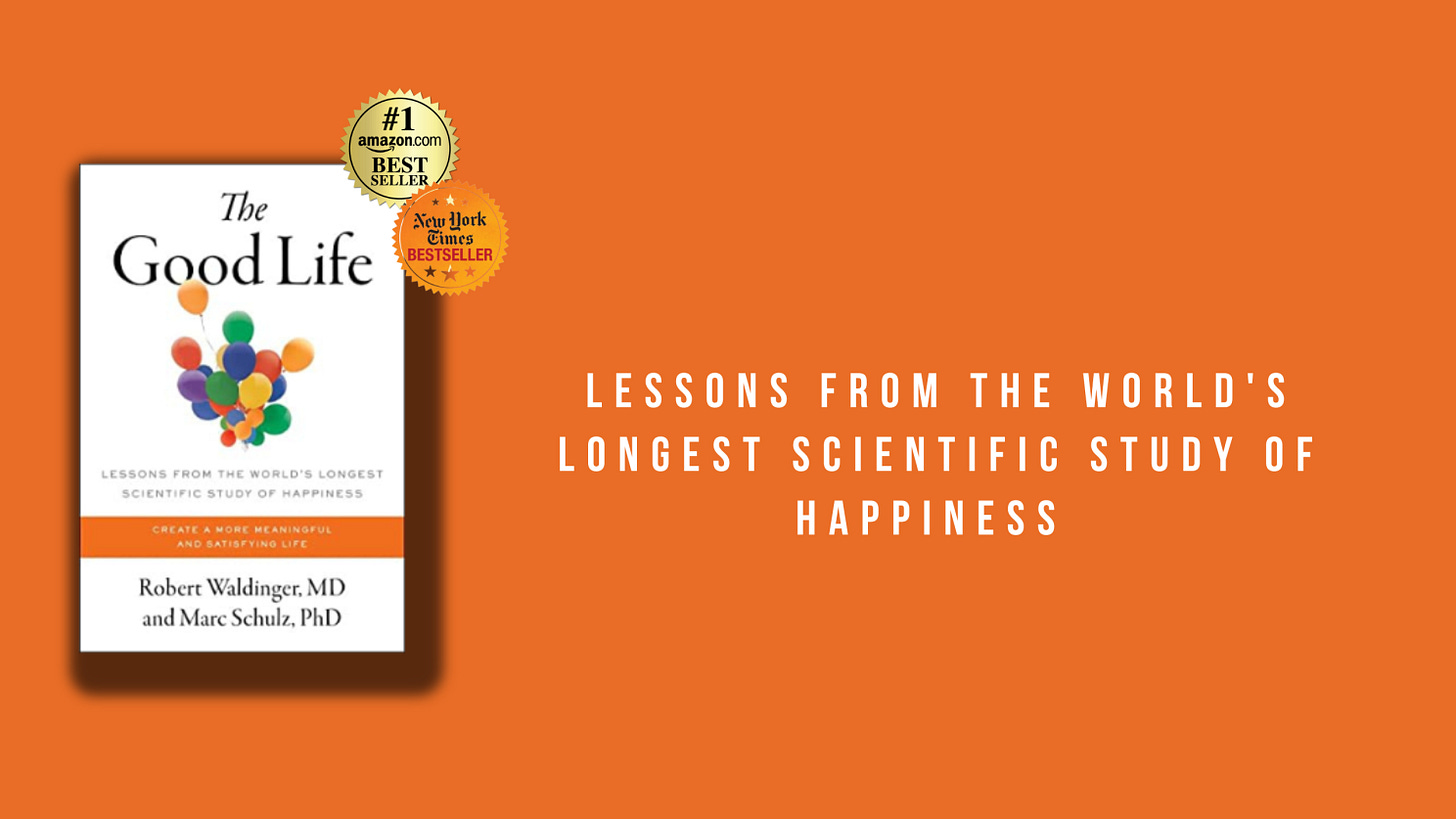How can suffering actually help us grow stronger?
Meeting suffering requires a radical shift in perspective.
In the tapestry of human experience, suffering emerges as a thread so deeply interwoven that it is impossible to disentangle it from the fabric of our lives. It is a universal condition, an inevitable companion on our journey through life. Yet, within this shared vulnerability lies a profound opportunity for growth, transformation, and ultimately, a deeper connection to the world around us.
The Buddha's teachings remind us that suffering arises from our resistance to the natural flow of life, from our desire to cling to what is impermanent and to push away what we find undesirable. But what if, instead of resisting, we met suffering with openness, curiosity, and compassion? What if we viewed our encounters with pain not as failures or setbacks, but as invitations to deepen our understanding of ourselves and our place in the world?
Meeting suffering requires a radical shift in perspective. It asks us to let go of our habitual reactions and to see our pain through a lens of attention and acceptance. This doesn't mean passively resigning ourselves to our circumstances, but rather, engaging with our suffering in a way that allows us to learn from it, to grow through it, and ultimately, to transform it.
One of the most powerful practices for meeting suffering is meditation. By sitting with our pain, without judgment or expectation, we begin to see the impermanent nature of our experiences. We learn that just as storms pass through the sky, our emotions and sensations come and go. This insight can bring a sense of relief, a realization that our suffering is not who we are, but simply a part of our human experience.
But awareness alone is not enough. Compassion, both for ourselves and for others, is equally essential. When we meet our suffering with a compassionate heart, we open ourselves to the healing power of love and connection. We recognize that we are not alone in our pain, that suffering is a part of the human condition shared by all. This realization can break down the walls of isolation and separation, fostering a sense of belonging and interconnectedness.
Moreover, engaging with our suffering can also be a catalyst for action. It can motivate us to make changes in our lives, to reach out for support, and to offer our help to others in need. In this way, our personal pain can become a source of strength and purpose, fueling our efforts to create a more compassionate and understanding world.
In the end, meeting suffering is not about finding a way to escape it, but about learning to navigate it with grace, wisdom, and an open heart. It is about discovering the resilience that lies within us and the profound connections that bind us to one another. It is a journey that can lead us to a place of greater peace, understanding, and fulfillment.
As we continue to explore the landscape of our inner lives, we may find that our relationship with suffering changes. We may come to see it not as an enemy to be vanquished, but as a teacher, a guide, and even a friend. This shift in perspective is not easy, and it does not happen overnight. It requires patience, practice, and a willingness to sit with the discomfort that comes with growth and change.
In your own life, when you encounter moments of suffering, how do you respond? Do you find yourself turning towards your pain with curiosity, or do you find ways to distract yourself and turn away? Each moment of suffering presents us with a choice: to close our hearts or to open them, to retreat into fear or to step forward with courage. The path we choose will shape not only our experience of suffering but also our capacity for joy, connection, and love.
In embracing the full spectrum of our human experience, we come to understand that suffering and joy are not opposites, but companions on the road to a meaningful life. It is through the alchemy of paying careful attention to what is unpleasant, the willingness to face our suffering with an open heart, that we can transform our pain into a wellspring of wisdom.
Reflect on your own experiences with suffering. How have they shaped you, and what have they taught you about resilience, compassion, and the human spirit? In the dance of light and shadow, we can learn to move with grace, to find the rhythm in the chaos, and to trust in the unfolding of our own unique stories.
Click here to buy “The Good Life” from Amazon.
Thanks for reading The Good Life with Robert Waldinger!
Subscribe for free to receive new posts and support my work.





That's Amazing , Keep Going!
Only step missing in my mind is OSHO's work. Dancing meditation.
Well said. I've been considering the problem of evil and suffering from the Book of Job. I find it interesting to cross reference that narrative with your post. My favorite part of what you wrote was, "In embracing the full spectrum of our human experience, we come to understand that suffering and joy are not opposites, but companions on the road to a meaningful life."
Thanks for sharing.